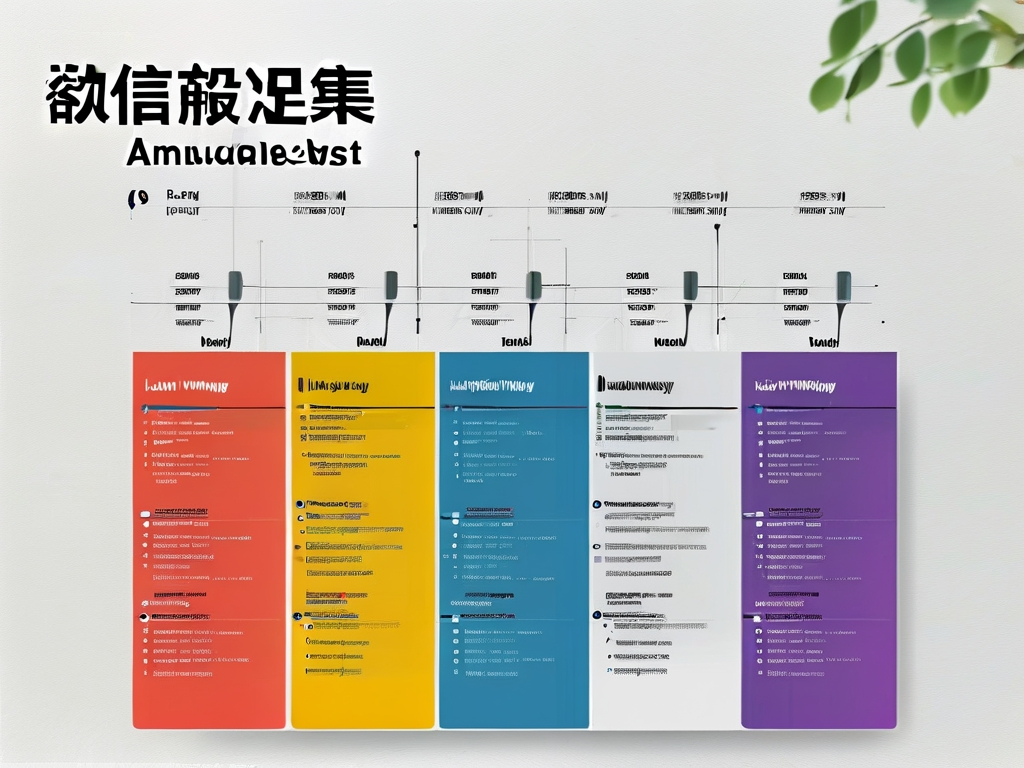In today's fast-paced software development landscape, automating deployment processes has become a cornerstone of efficient DevOps practices. Organizations rely on automated deployment solutions to reduce human error, accelerate release cycles, and ensure consistency across environments. To streamline the evaluation and implementation of these solutions, a well-structured Automated Deployment Solution Matrix Template serves as an invaluable tool. This article explores the components of such a template, its benefits, and practical steps to customize it for your team's needs.

Why an Automated Deployment Solution Matrix?
Automated deployment encompasses tools and workflows that handle code integration, testing, and delivery with minimal manual intervention. However, with countless tools available-such as Jenkins, GitLab CI/CD, Ansible, and Kubernetes-selecting the right combination can be overwhelming. A standardized matrix template helps teams:
- Compare Features: Evaluate tools based on criteria like scalability, integration capabilities, and cost.
- Align with Goals: Match solutions to specific project requirements, such as cloud-native support or on-premises compatibility.
- Document Decisions: Create a reference for stakeholders to justify tool choices and track iterations over time.
Core Components of the Template
A robust Automated Deployment Solution Matrix Template should include the following sections:
1. Solution Overview
- Tool Name: List the automation tool (e.g., AWS CodeDeploy, CircleCI).
- Vendor/Community: Specify whether it's open-source or proprietary.
- Primary Use Case: Highlight its strengths (e.g., container orchestration, serverless deployments).
2. Technical Requirements
- Infrastructure Compatibility: Does it support cloud platforms (AWS, Azure), on-premises servers, or hybrid setups?
- Integration: Compatibility with version control systems (GitHub, Bitbucket), monitoring tools (Prometheus, Datadog), and notification services (Slack, email).
- Security Features: Role-based access control (RBAC), encryption, and compliance certifications.
3. Performance Metrics
- Deployment Speed: Average time from code commit to production.
- Error Rate: Frequency of failed deployments and rollback mechanisms.
- Scalability: Maximum concurrent deployments or nodes supported.
4. Cost Analysis
- Licensing Model: Subscription-based, pay-as-you-go, or free tiers.
- Hidden Costs: Expenses related to infrastructure, training, or third-party plugins.
5. Ease of Use
- Learning Curve: Documentation quality and community support.
- Customization: Flexibility to tailor workflows via APIs or scripting.
Customizing the Template for Your Team
While the above structure provides a foundation, tailoring the matrix to your organization's context is critical:
- Define Priorities: Rank criteria by importance. For startups, cost and ease of use might outweigh scalability. Enterprises may prioritize security and compliance.
- Incorporate Feedback: Involve developers, QA engineers, and operations teams to identify pain points in existing workflows.
- Iterate Regularly: Update the template as new tools emerge or project requirements evolve.
Case Study: Implementing the Matrix in a Mid-Sized SaaS Company
A SaaS company struggling with inconsistent deployments across its microservices architecture adopted the matrix template to evaluate three tools: Spinnaker, Argo CD, and Azure DevOps. By scoring each tool against criteria like multi-cloud support and Kubernetes integration, the team identified Argo CD as the optimal choice. Post-implementation, deployment failures dropped by 40%, and release cycles shortened from hours to minutes.
Common Pitfalls to Avoid
- Overcomplication: Avoid adding too many criteria; focus on what truly impacts your workflow.
- Ignoring Governance: Ensure the template includes compliance and audit trails for regulated industries.
- Static Documentation: Treat the matrix as a living document, revisiting it quarterly.
An Automated Deployment Solution Matrix Template is more than a checklist-it's a strategic asset that aligns technology choices with business objectives. By systematically evaluating tools and documenting decisions, teams can mitigate risks, optimize resources, and foster collaboration across DevOps, development, and operations. As automation continues to reshape IT ecosystems, having a structured approach to deployment solutions will remain a key driver of competitive advantage.
[Word count: 1,023]









